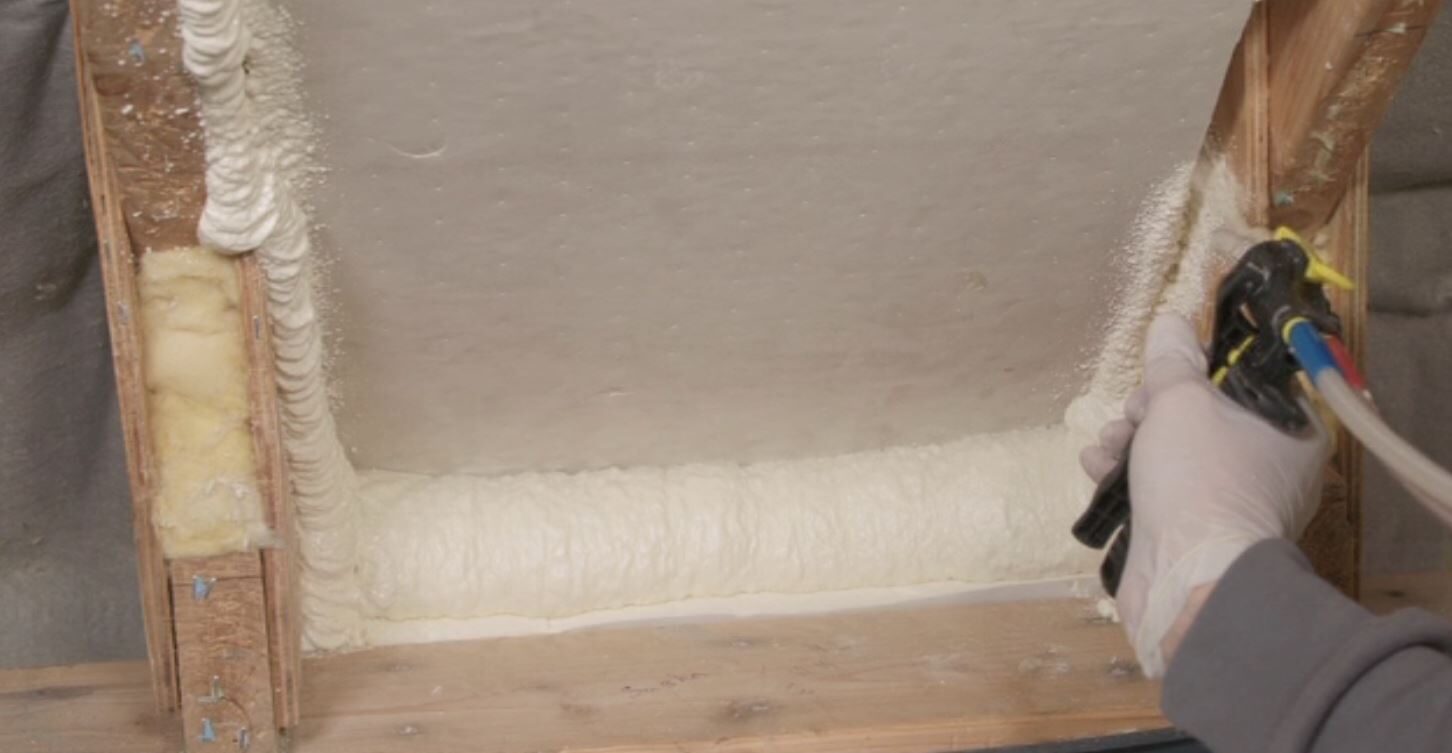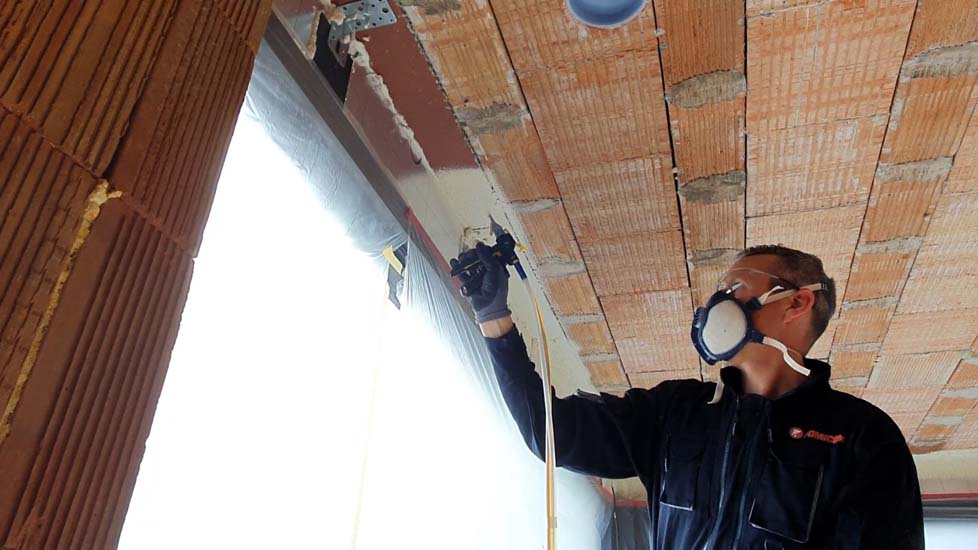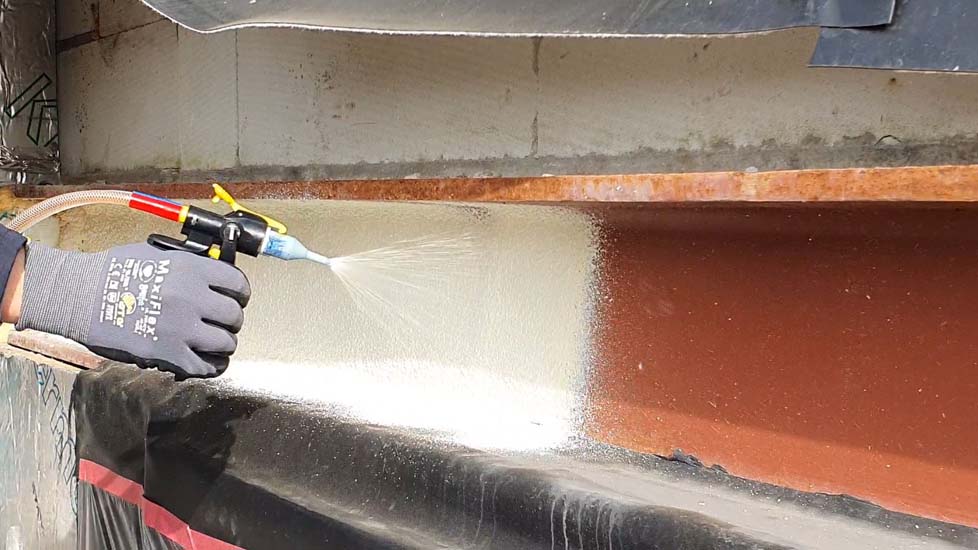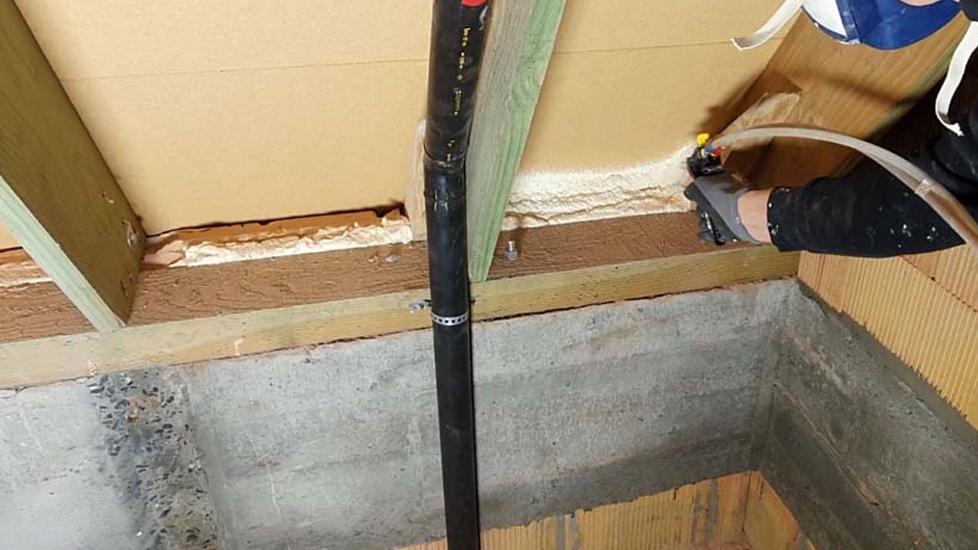COLD BRIDGES
What is a thermal or cold bridge?
A common mistake is to use inferior insulation materials at joints between 2 building components. Foaming up seams and cracks, for example, using single-component PU foam from the hardware store. As mentioned above, it does not have the same insulation value and airtightness as, for example, our Froth-Pak closed-cell insulation foam. If you use PUR or PIR boards for wall and roof insulation, it is better to fill such gaps, seams or connections with a material that has the same quality in terms of insulation value and airtightness.
When building a house, there are plenty of potential building nodes or thermal bridges that need to be addressed. The video below highlights some of these potential thermal bridges.
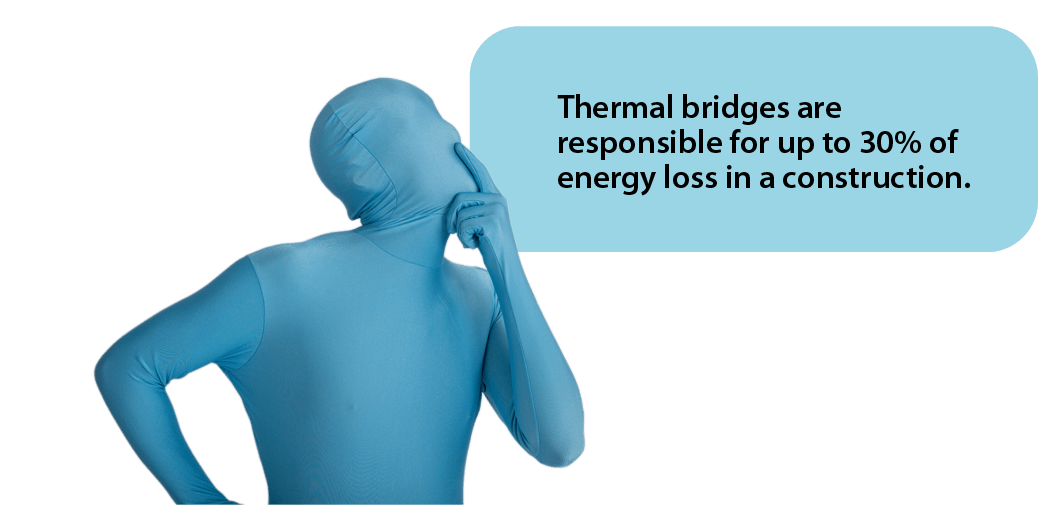

1.
CONNECTION BETWEEN
WALL AND ROOF
INSULATION
Avoid to connect two building elements (e.g. wall & roof) with open cell sprayfoam cans you find in the retail construction market. Not only the insulation value is inferior, also on airtightness there’s a massive difference with our closed cell foams.
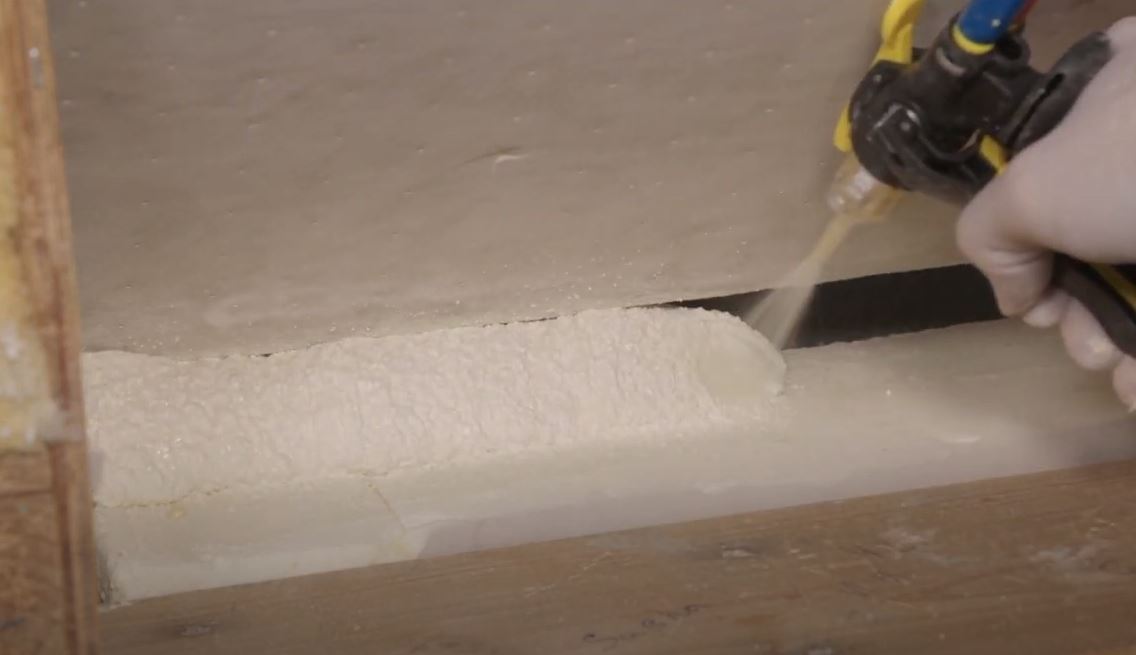
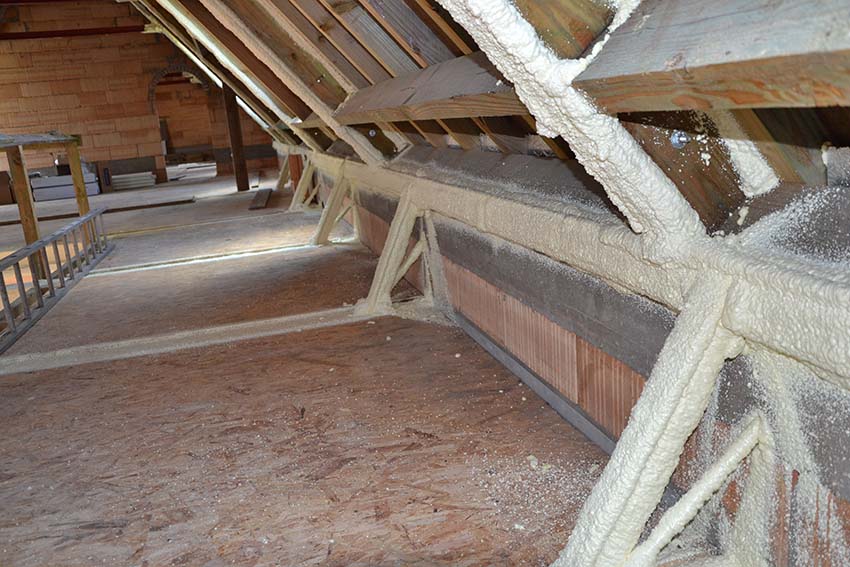
2.
CONDENSATION
ON METAL
SUPPORT BEAM
Metal is sensitive to temperature fluctuations. If a poutrel is used between an indoor and outdoor transition, condensation may occur on the metal here due to the temperature difference. This moisture can cause odour or mould in the long term. With a 2-3 cm layer on the poutrel, you ensure that no condensation can occur on the metal.
3.
FILLING UP
GAPS IN
INSULATION
A commonly seen method for filling seams and gaps is to cram in pieces
of mineral wool. However, the strength of mineral wool is the stagnant air
in the material. You push this stagnant air out of the insulation material,
as it were, when you stuff it into something. So it is better to fill the seams
and cracks with airtight, closed-cell insulation foam.
